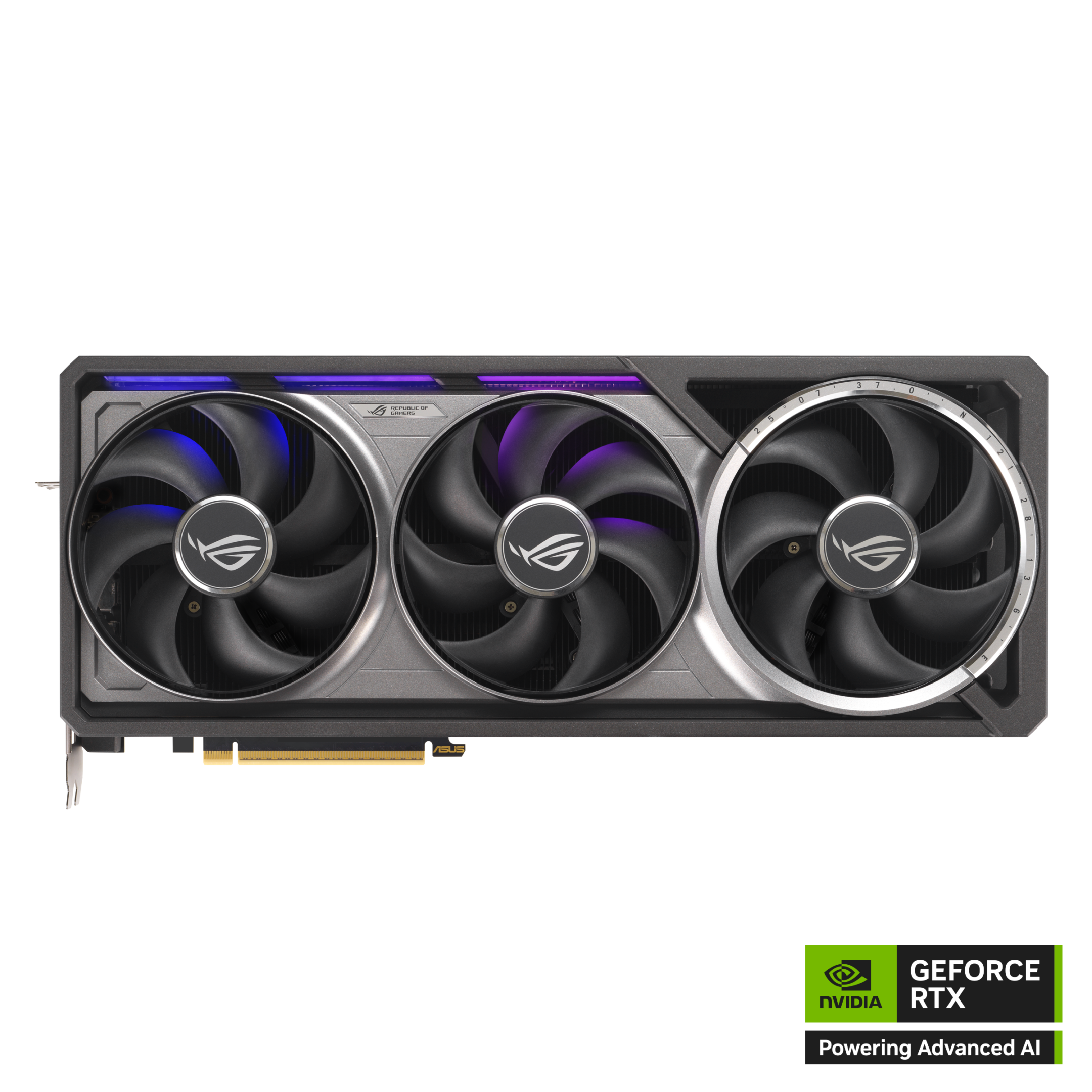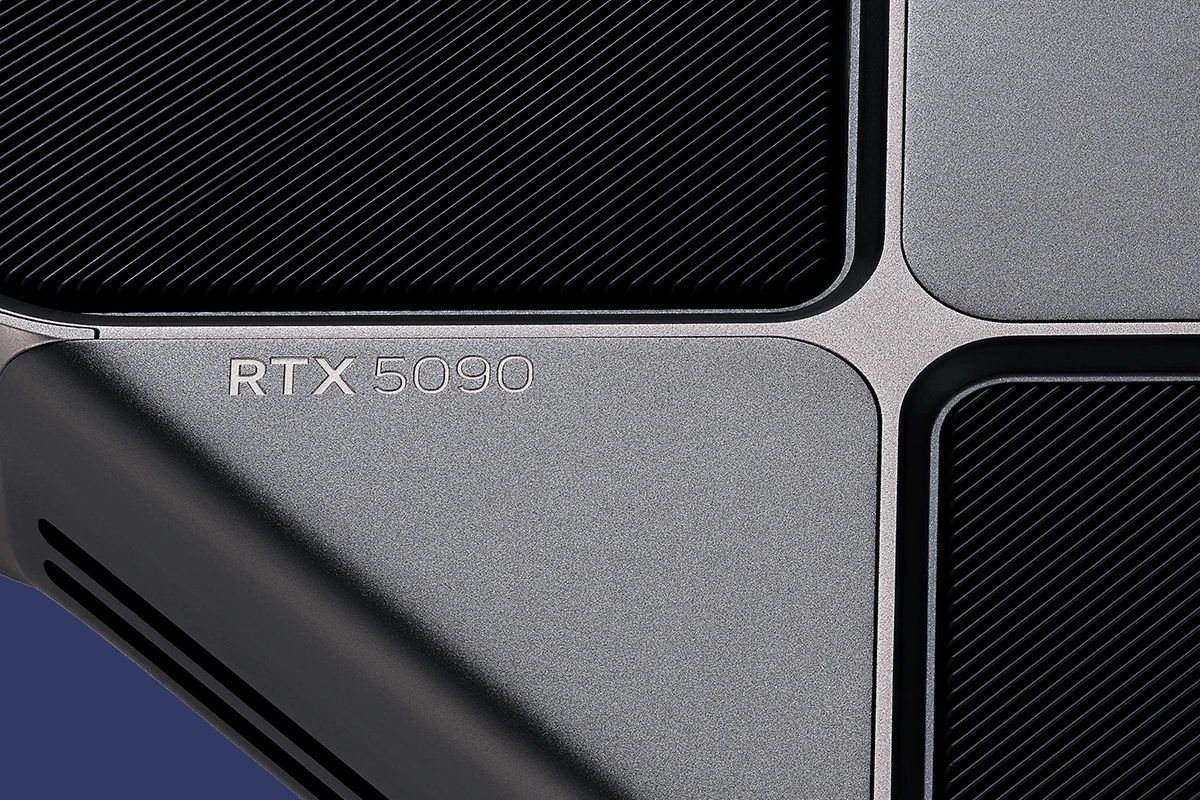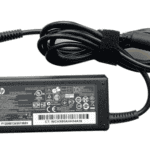The launch of NVIDIA’s RTX 5090 graphics card on January 30, 2025, saw unprecedented demand. The new GPU sold out within 20 minutes of its release, leaving many eager customers empty-handed. This rapid sellout highlights the intense interest in NVIDIA’s latest gaming technology.
Online retailer Newegg experienced an 8-10x increase in site traffic during the launch window. The surge in visitors caused strain on their servers as gamers, tech enthusiasts, and even scalpers rushed to secure the new RTX 5090 and 5080 models. Despite the high prices, with some models reaching over $999.99, demand far outstripped supply.
The RTX 5090’s instant sellout raises questions about NVIDIA’s production capacity and distribution strategies. It also highlights ongoing challenges in the GPU market, where limited availability and inflated prices have become common issues for consumers seeking high-end graphics cards.
RTX 5090 Availability and the High-End GPU Market

Initial Sell-Out and Market Dynamics
The RTX 5090’s initial availability has been met with extremely high demand, leading to rapid sell-outs across most retailers. This isn’t entirely unexpected for a top-tier graphics card release. Historically, high-performance GPUs from Nvidia have experienced similar patterns. Early reports suggest that online retailers were depleted of stock within minutes, with some brick-and-mortar stores also selling out quickly. This situation creates a ripple effect throughout the market, impacting pricing and consumer expectations.
The Resale Market and Price Gouging
Predictably, the RTX 5090 has appeared on resale platforms at significantly inflated prices. Scalpers and opportunistic resellers are capitalizing on the supply shortage, offering the card at multiples of its suggested retail price (SRP). This practice, while frustrating for consumers, is a common occurrence in the high-end GPU market. It often discourages genuine gamers and enthusiasts who are unwilling to pay exorbitant markups. The long-term impact of this resale market activity on pricing and availability remains to be seen.
Supply Chain Challenges and Production Capacity
The rapid sell-out of the RTX 5090 raises questions about Nvidia’s production capacity and potential supply chain constraints. Component shortages, manufacturing bottlenecks, and logistical challenges can all contribute to limited availability. While Nvidia hasn’t officially commented on the specific causes of the shortage, industry analysts speculate that various factors are at play. These could include limited silicon availability, increased demand for other electronic components, or even strategic release tactics by Nvidia to manage expectations and hype.
Performance Benchmarks and User Reviews
While the card is scarce, early performance benchmarks and user reviews (if available) are crucial in shaping public perception. These reports provide insights into the RTX 5090’s real-world performance in games and other applications. They help potential buyers assess whether the card justifies its high price and whether its performance gains are substantial enough compared to previous generations. Positive reviews tend to fuel demand even further, while mixed or underwhelming feedback can dampen enthusiasm.
Competition and Market Landscape
The RTX 5090’s success (or lack thereof, due to limited availability) directly influences the competitive landscape. AMD’s competing high-end GPUs are also under scrutiny. Gamers and enthusiasts often compare performance, features, and price points across both brands before making purchasing decisions. The RTX 5090’s availability (or lack thereof) could shift market share and influence consumer perceptions of both Nvidia and AMD.
Future Availability and Price Normalization
The most pressing question for consumers is when the RTX 5090 will become readily available at its SRP. Nvidia’s official statements regarding production timelines and distribution strategies are highly anticipated. Historically, GPU shortages have lasted anywhere from a few weeks to several months. The timeframe for price normalization depends on how quickly supply can meet demand and how effectively Nvidia can combat resale markups.
Other RTX 5000 Series Cards
While the RTX 5090 is the flagship, Nvidia typically releases other cards in the same series at different price points. The RTX 5080, 5070, and other variants are expected to follow in the coming months. These cards will offer a range of performance options for different budgets, catering to a wider audience. Their release and availability will further shape the dynamics of the GPU market.
| Feature | RTX 5090 | RTX 5080 | RTX 5070/5070Ti |
|---|---|---|---|
| Target Market | Enthusiast, High-End Gamers | High-Performance Gamers | Mainstream Gamers |
| Price Point | Premium | High-Mid Range | Mid-Range |
| Performance | Top-Tier | High-End | Mid-Range |
| Release Date | 1/30/2025 | 1/30/2025 | February 2025 |
| Availability (Projected) | Sold Out | Sold Out | Coming Soon |
Here are the key specifications for the Nvidia GeForce RTX 5090:
- Architecture: Blackwell
- CUDA Cores: 21,760
- RT Cores: 170 (4th Gen)
- Tensor Cores: 680 (5th Gen)
- Boost Clock: 2,407 MHz
- Base Clock: 2,017 MHz
- Memory: 32GB GDDR7
- Memory Speed: 28 Gbps
- Memory Interface: 512-bit
- Memory Bandwidth: 1,792 GB/s
- PCIe Interface: PCIe 5.0 x16
- Total Board Power (TBP): 575W
- Power Connector: 1x 16-pin 12VHPWR
- Outputs: 3x DisplayPort 2.1, 1x HDMI 2.1b
Beyond the 5000 Series: Future Architectures
Looking beyond the current generation, Nvidia is undoubtedly working on its next GPU architecture. Details about these future architectures are typically kept confidential until closer to release. However, rumors and speculation within the industry often provide some hints about potential improvements in performance, power efficiency, and features. These future advancements will continue to drive innovation and competition in the GPU market.
The Role of Gaming and Content Creation
The demand for high-performance GPUs like the RTX 5090 is driven by both gaming and content creation workloads. Modern games with demanding graphics settings require powerful hardware to deliver smooth frame rates and high resolutions. Content creators working with video editing, 3D rendering, and other graphics-intensive applications also rely on these GPUs for their professional workflows. The continued growth of both gaming and content creation fuels the ongoing demand for high-end graphics cards.
A Look at the Mid-Range GPU Market: While the RTX 5090 captures headlines, the mid-range GPU market is where most gamers reside. Cards in this segment offer a balance of performance and affordability, making them accessible to a broader audience. These cards are often sufficient for playing most games at 1080p or 1440p resolutions with reasonable settings. The competition in this segment is fierce, with both Nvidia and AMD offering compelling options. Gamers on a budget often carefully compare benchmarks, features, and prices before choosing a mid-range GPU. This market segment often sees more stable availability and less drastic price fluctuations compared to the high-end market, making it a more predictable and accessible option for many gamers.
Key Takeaways
- NVIDIA’s RTX 5090 sold out within minutes of launch due to extremely high demand
- Online retailers experienced massive traffic surges, straining their websites
- Limited supply and high prices continue to challenge GPU market consumers
Rapid Sales on Launch Day
The RTX 5090 launch saw unprecedented demand, leading to instant stock-outs across major retailers. This event highlighted the intense competition among consumers and the growing influence of scalpers in the GPU market.
Comparing to Previous Launches
The RTX 5090 launch broke records for Nvidia’s flagship GPUs. Newegg reported an 8-10x increase in traffic compared to previous launches. The cards sold out faster than any previous generation, with stocks depleted within minutes.
Major retailers like Best Buy, Amazon, and Micro Center faced similar situations. Their websites struggled to handle the surge in visitors, causing crashes and slow loading times.
This rapid sell-out surpassed even the RTX 3090 launch, which was plagued by supply shortages due to the global chip crisis.
Influence of Scalpers and Bots
Scalpers and bots played a significant role in the RTX 5090’s instant sell-out. These automated systems snapped up a large portion of the available stock within seconds of the launch.
Prices on resale markets skyrocketed, with some listings reaching $6,000 – more than double the MSRP. This price gouging frustrated genuine buyers who missed out on the initial release.
Nvidia and retailers implemented measures to combat bots, including CAPTCHA systems and purchase limits. However, scalpers still managed to circumvent these protections.
Consumer Response
The rapid sell-out and inflated resale prices sparked outrage among consumers. Many expressed frustration on social media platforms, criticizing Nvidia for insufficient stock and retailers for inadequate anti-bot measures.
Some buyers reported success in securing cards through in-store purchases at select locations. However, most faced disappointment due to limited physical stock.
Gaming communities debated the value of waiting for restocks versus paying inflated prices. Many chose to stick with previous-generation cards or explore alternatives from AMD.
Nvidia promised more frequent restocks to meet demand. Consumers remained skeptical, recalling similar promises during previous launches that saw prolonged shortages.
Availability and Pricing Challenges
The RTX 5090 launch faced significant hurdles in meeting consumer demand. Retailers struggled to maintain stock, while pricing volatility affected both official and aftermarket channels.
Manufacturer Suggested Retail Price (MSRP) Considerations
Nvidia set the RTX 5090’s MSRP at $2,000, positioning it as a premium product. This price point reflected the card’s advanced features and performance capabilities.
Some consumers found the MSRP steep, but it aligned with previous high-end GPU launches. The price aimed to balance cutting-edge technology costs with market expectations.
Retailers initially adhered to the MSRP, but stock shortages quickly led to price fluctuations. This created challenges for buyers seeking the card at its intended price point.
Vendor and Retailer Stock Issues
Major retailers like Newegg, Best Buy, and Micro Center faced immediate stock depletion upon the RTX 5090’s release. Online platforms saw their inventories vanish within minutes of the launch.
Many stores resorted to preorder systems, with some projecting delivery dates as far as four months post-launch. This delay frustrated eager buyers and highlighted supply chain limitations.
Nvidia acknowledged the supply constraints, warning of potential stock-outs before the launch. The company cited high demand as a key factor in the shortages.
Aftermarket Pricing Effects
The scarcity of RTX 5090 cards led to a surge in aftermarket prices. Online marketplaces saw listings far exceeding the MSRP, with some asking double or triple the original price.
This price inflation created a dilemma for consumers. Many faced the choice between waiting for official restocks or paying premium prices to secure a card quickly.
The aftermarket pricing also affected the broader GPU market. It drove up costs for older models as buyers sought alternatives to the unavailable RTX 5090.







